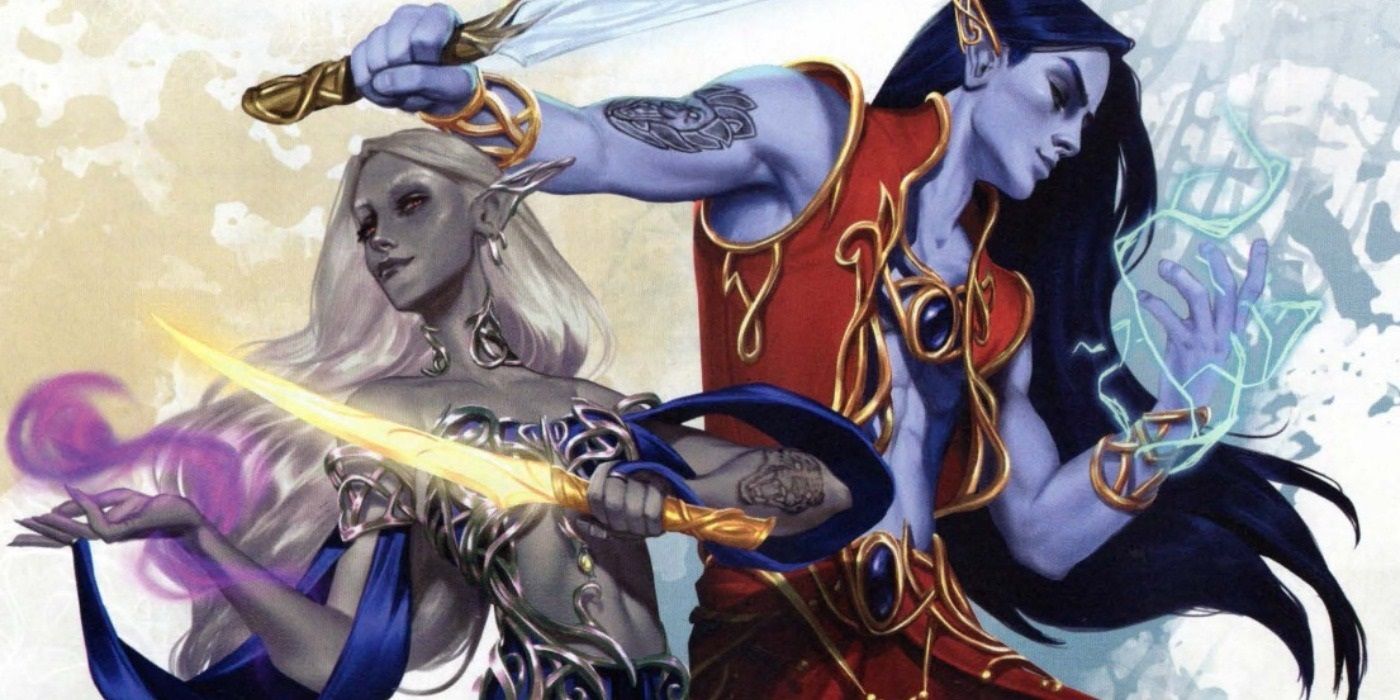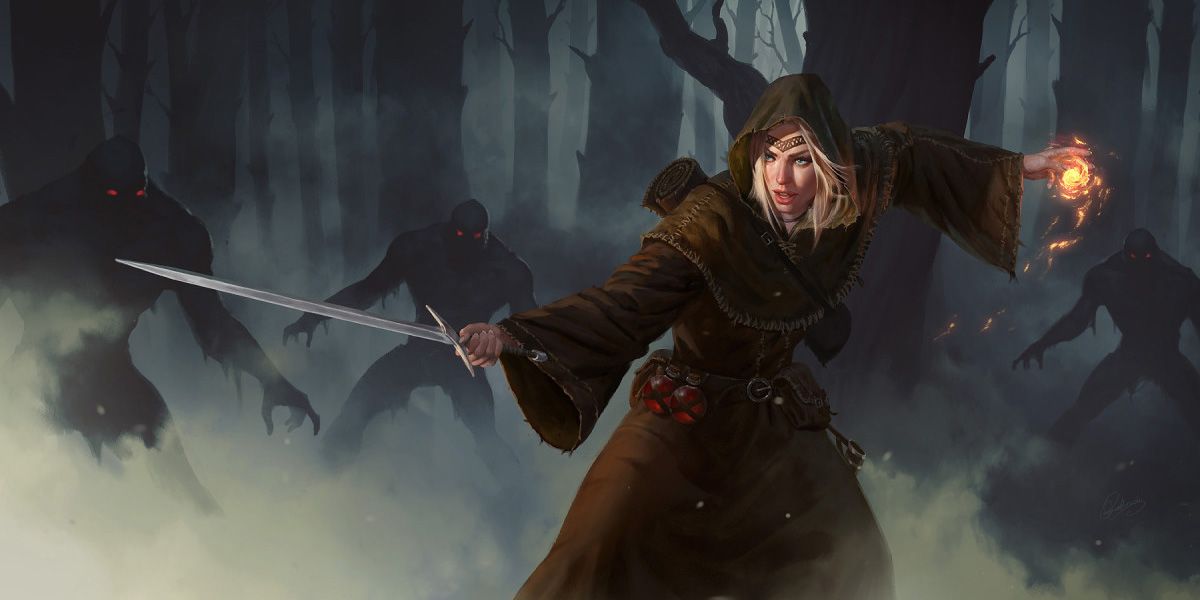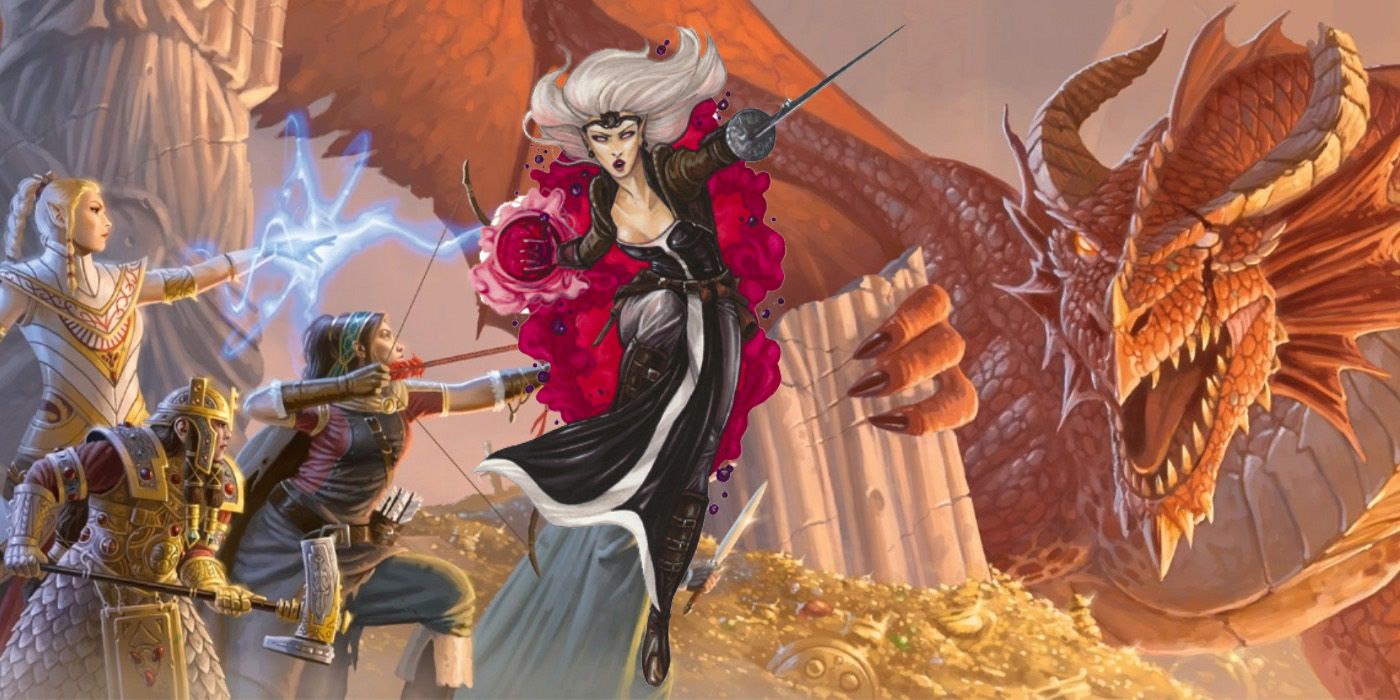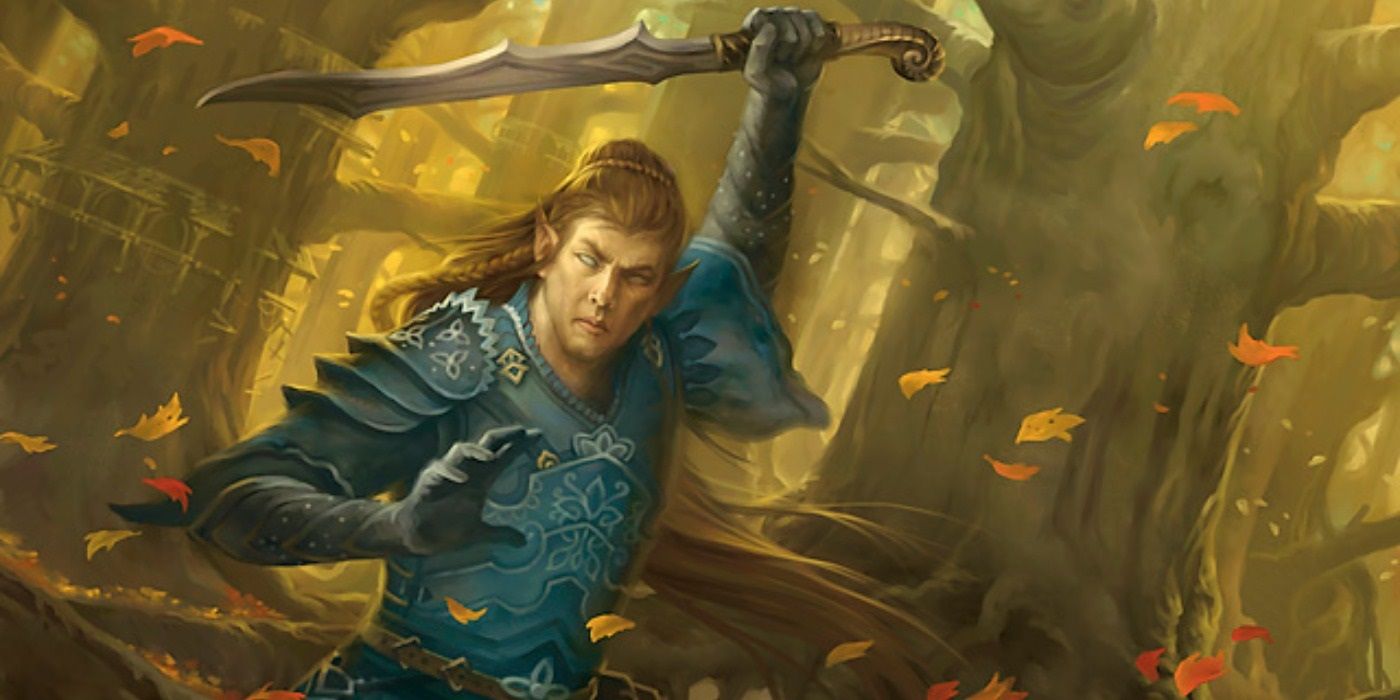Dungeons & Dragons: Honor Among Thieves
The Bladesinger class inDungeons & Dragonsused to be one of the most broken in the biz , due to how it mixed magic and swordplay into an unbeatable compounding . Bladesingers havereturned inTasha ’s Cauldron of Everything , and its powers are far more in line with the other classes in the game .
In the former editions ofD&D , physical fight and arcane spellcasting were considered two separate entity . The warrior had loads of strike points and were hard to hit , but their activity were limited to attacking thing with weapon . Thearcane casters inD&Dcouldn’t fight their way out of a squiffy composition bag , but they could bow the laws of realism to their will . There were a few mixed options available , but their abilities were weakened as a result .
Related : Cheating In Dungeons & Dragons take in No signified

Advanced Dungeons & Dragons(the second edition of the game ) introduced the Bladesingers , who become magic and swordplay into an prowess form . They could trip the light fantastic toe and sing around the battleground while lather enemies and throwing out spell . It quickly became apparent that they were one of the skilful character options in the plot , as they outpace solo Fighters / Mages in their roles .
The First Bladesingers In D&D
The Complete Book of ElvesforAD&Dintroduced what is widely considered to be one of themost overcome class inDungeons & Dragons . InAdvanced Dungeons & Dragons , the eq to subclasses were kits , which were specialized variation of existing class , such as the Gladiator being a kit for the Fighter . The Bladesinger was a kit for Fighter / Mage multiclass characters , and it had the gamey entry requirement of 13 in Strength and Constitution , and 15 in both Dexterity and Intelligence . The Bladesinger gained a damage bonus with their chosen weapon and to performing special maneuvers , they could range spells with one hired hand , they add half of their spellcasting level to their Armor Class while casting , and they can cast while wearing stud leather armor or Elven Chain .
attack aircraft and Mages inAdvanced Dungeons & Dragonscould also fight in Elven Chain , but it was extremely rare and loosely conceive high - level gear . This was a major hurt to this class combination , as they were still extremely vulnerable in fighting . The Bladesingers ' power to campaign in studded leather was a Brobdingnagian rise to their survivability on the battlefield .
InAdvanced Dungeons & Dragons , Mages were extremely vulnerable , as anyone who was one - shotted by akobold inBaldur ’s Gatecan attest to . Their spell resources were also specify at depressed - levels , so even castingmage armormeant drive away amagic missileorsleepthat could be needed subsequently .

connect : dungeon & Dragons : Who The Raven Queen Is
D&DFighters tend to be highly boring in terms of abilities , which is why kits were necessary to spice up them up . Bladesingers were far more interesting to play than the standard versions of each class , as they were Fighters with the utility of Mages while retaining the power to go toe - to - toe with behemoth .
The Third Edition Bladesingers in Dungeons & Dragons
The Bladesingers returned in thethird edition ofD&Das a prestigiousness class inRaces of Faerun , with an upgrade variant appear inThe Complete Warrior . Prestige classes were standardised to the subclasses in the current version of the secret plan , except that players normally do n’t reach them until degree 6 or 7 .
Bladesingers were curb to hob and half - elves , and they were a clean easy prestige class for Fighter / Wizards to take . The only job was that the developer went a trivial too far in the other focussing . Only half of the Bladesinger level offered spellcasting patterned advance , and the role is in all probability already miss somein order to nail the Featsnecessary for bring on the social class . They had a few decent abilities , but it took a while to attain them . The Bladesingers could become hefty in this edition ofDungeons & Dragons , but it took a long time to achieve this feat , especially compared to the original translation of the class , which were unassailable out of the gate .
The New Bladesingers in D&D
The Bladesinger return as a wizardsubclass inTasha ’s Cauldron of Everything . Wizards can take the Bladesinging Arcane Tradition at level 2 . They no longer involve to be elves or half - elves , nor are there any stat limitation for accept the class .
Related:4 D&D Rules DMs Should Only Use Once
The new Bladesingers are n’t fight machines in the same way as the I fromAdvanced Dungeons & Dragons . They are far more focused on their defensive capability , as they have low-cal armor proficiency . When they activate their Bladesong , they tot up their word modifier to their Armor Class and Constitution checks to preserve concentration on magic spell , and they gain 10 ft of movement speed . At level ten , they can use their response to burn spell slot to slenderize damage .

There are a figure of spellcastinghybrids in thePlayer ’s Handbook , with the Arcane Trickster and the Eldritch Knight offering magic to the physically - incline family . It ’s also a lot easy for spellcasters to defend in armor , so long as they ’re uncoerced to spend feats for the privilege . In many ways , the Bladesinger is similar to itsAdvanced Dungeons & Dragonscounterpart . What has vary is the secret plan itself .
The chemical element that made the Bladesinger so particular in the old daytime can now be accessed by other class . A Bladesinger will have enhanced defense , but that come up at the going of the alone power that belong to the other Arcane Traditions . AnAbjurer with armor Featscan be more good at keeping themselves and the party alive . The original Bladesingers were an single golf club of badass elven warriors , from a time when they were hold in higher respect than the other races in the game . The other class could n’t keep up with the Bladesingers inAD&D , but now , they are the ones that have to work firmly to stand alongside the existing spellcasters inDungeons & Dragons .
Next : Why Tabletop RPG Player Characters Sometimes Lack Common Sense


